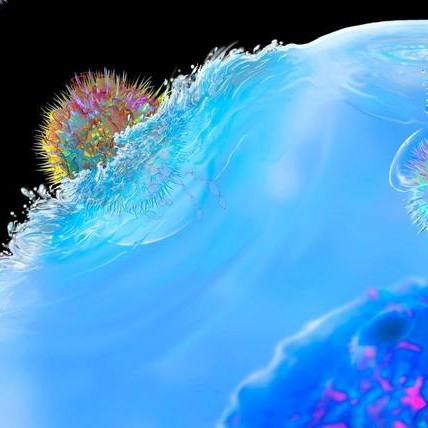-
Biotherapeutics
Tapping regenerative sciences to unlock mysteries of peripheral neuropathy
Mayo Clinic is using regenerative sciences to unravel the mysteries of peripheral neuropathy and deliver new cures for a painful disease that affects millions of Americans.
Nathan Staff, M.D., Ph.D., a Mayo Clinic neurologist, is leveraging stem cells to recreate neuropathy in a petri dish to trace the origins of a common disorder rooted in potentially hundreds of different causes.
Also, he seeks to answer these questions:
- Is there a way to cloak nerves in a protective agent that would lengthen the lives of neurons?
- Is there a way to regenerate and thereby restore damaged neurons?
Mayo Clinic's Center for Regenerative Medicine is driving this innovation as part of its strategic objective of advancing the practice to address unmet patient needs.
"I see a lot of patients who have gone to many different medical centers around the country looking for answers and relief for peripheral neuropathy. My goal is to come up with better strategies for understanding and treating this disease," says Dr. Staff. "It would be wonderful to discover and validate a therapy that would stop or slow the disease, or ease the painful symptoms."
Peripheral neuropathy occurs when damaged nerves outside of the brain and spinal column no longer can send electrical impulses and chemical message through the body. This often results in weakness, numbness and pain, especially in the hands and feet. There is no cure.
"In nearly every instance, the treatment for neuropathy is purely symptomatic. We are able to treat pain and tingling but not the underlying process that is causing the nerves to be damaged over time," says Dr. Staff.
Dr. Staff, a native of Eau Claire, Wisconsin, came to Mayo Clinic in 2004 for a fellowship after completing his medical and doctoral degrees from Northwestern University. He grew fascinated with neurons and neuronal health during his residency in neurology and fellowship training in peripheral nerve disorders. He joined the Mayo Clinic staff in 2010.
Challenge of understanding peripheral neuropathy
Research from the Rochester Epidemiology Project finds that 6.6%, or 1 out of 15, of adults over 60 have some form of peripheral neuropathy. Among the most common causes of the disorder are diabetes and some cancer-treating neurotoxic chemotherapies. Some cases are hereditary, such as Charcot-Marie-Tooth disease. Inherited neuropathy can be difficult to understand, because the underlying driver of disease could be linked to more than 100 genes.
"One of the biggest questions we are trying to understand is why some have very severe forms of neuropathy and others basically don't have any symptoms. You can have one person who is almost in a wheelchair and others who have no symptoms whatsoever," says Dr. Staff.
With help from the Center for Regenerative Medicine Biotrust, Dr. Staff's team is trying to come up with answers for patients. They are using cells from adult skin samples, known as fibroblasts, and reprogramming them into a stem cell state. These cells, known as induced pluripotent stem cells, are then grown into sensory neurons in a dish. Dr. Staff's team uses these cells to study the cause and evolution of disease, and test possible therapies to stop the disease.
"This allows us to study the biology of sensory neurons that are damaged in different types of neuropathy. We can explore those factors that cause one person to be really susceptible to disease but other people not to be," says Dr. Staff.
The Center for Regenerative Medicine Biotrust provides resources to enroll donors, collect skin biopsies and generate induced pluripotent stem cells. The Biotrust provides a rich source of skin fibroblast cells from healthy people that allows for robust research to better understand and possibly prevent chemotherapy-induced neuropathy. Likewise, samples from people with hereditary neuropathy could provide new insights into the many rare forms of inherited neuropathies.
"This has been an invaluable resource for all researchers trying to advance therapies for peripheral neuropathy. There are no repositories with those types of rare samples of neuropathies anywhere else in the world. We make these samples available for studies with scientists outside of Mayo Clinic in order to better understand rare conditions," says Dr. Staff.
Despite advances in research, as many as 30% to 40% of all neuropathy cases have no known cause. Dr. Staff's team hopes to identify a cause in more cases. The team is exploring new therapies in the lab that would go beyond the current pain relievers and topical treatments used to control sharp pain and tingling associated with peripheral neuropathy. His team is early in the research process, and he envisions that it may still take years before new treatments are moved through human clinical trials and into routine patient care.
###









